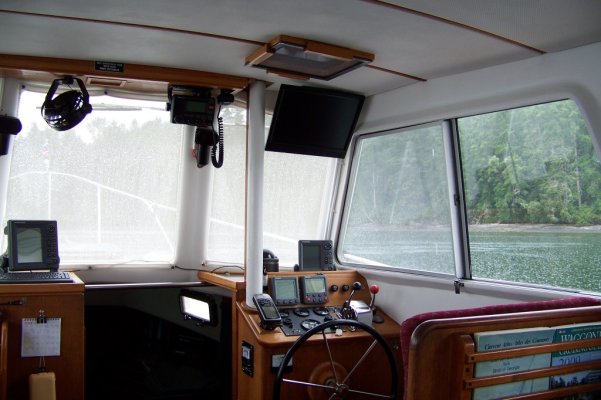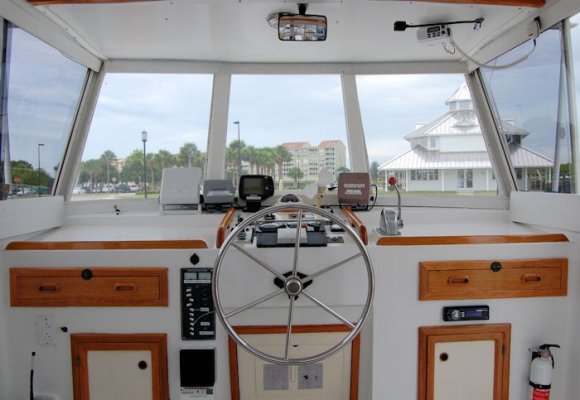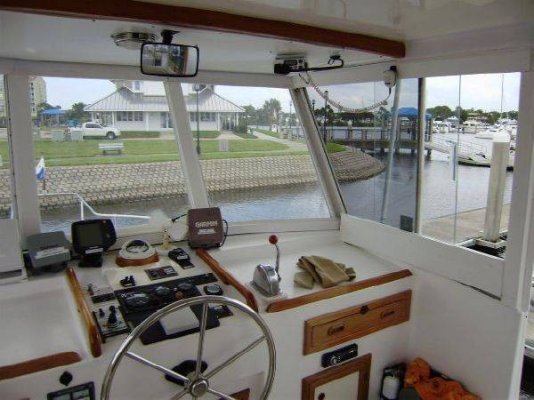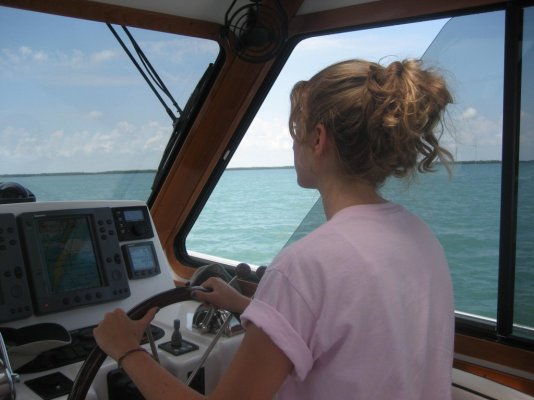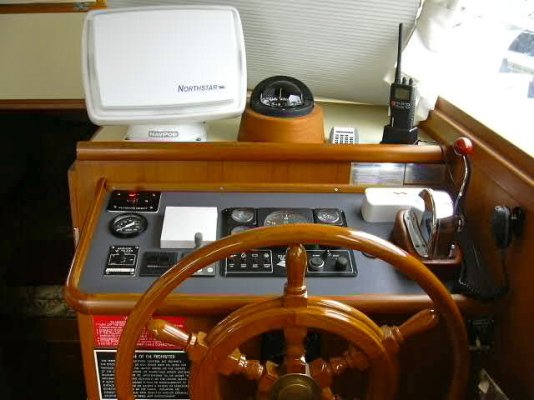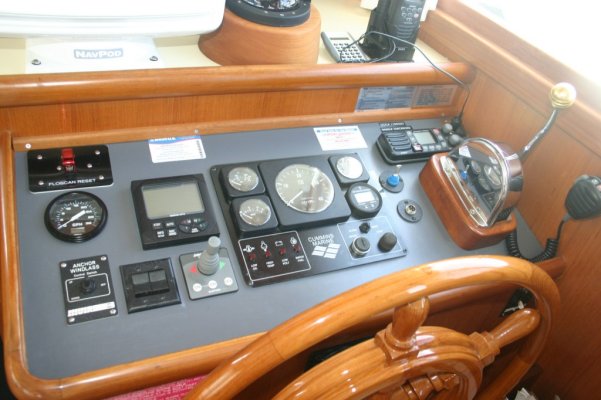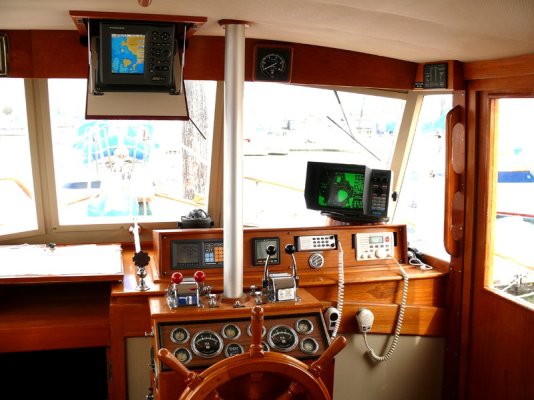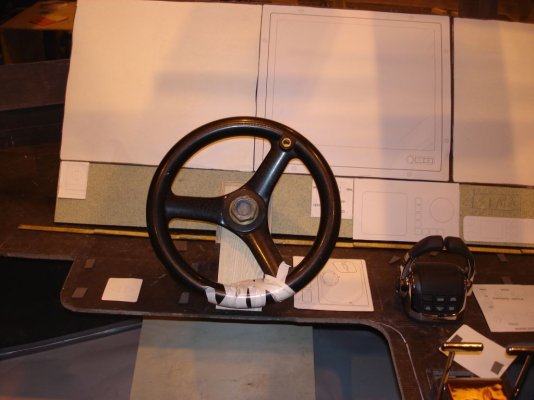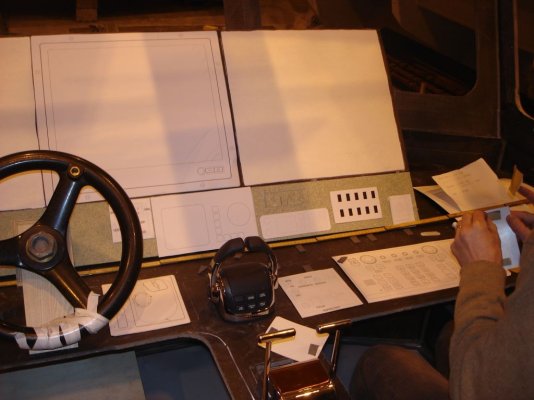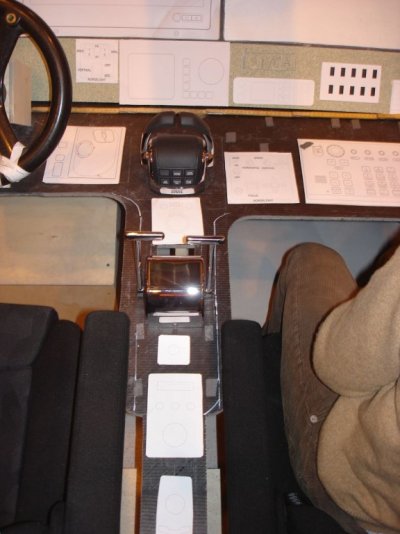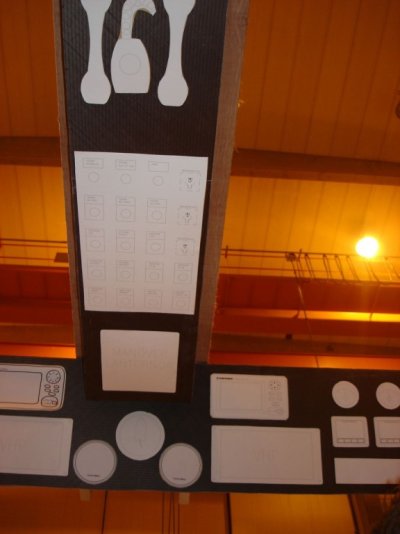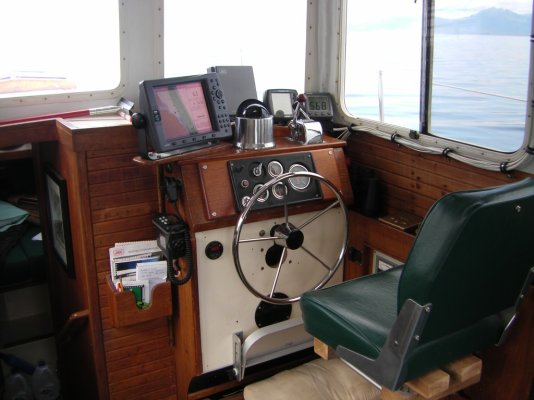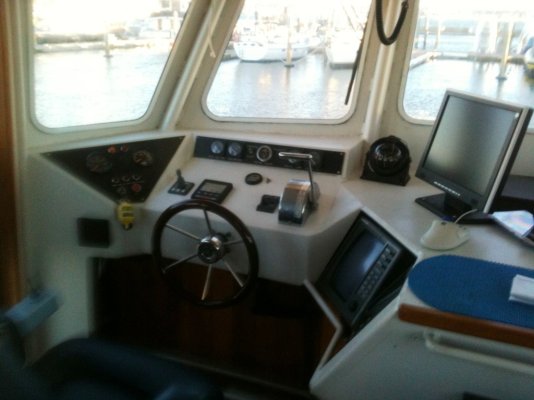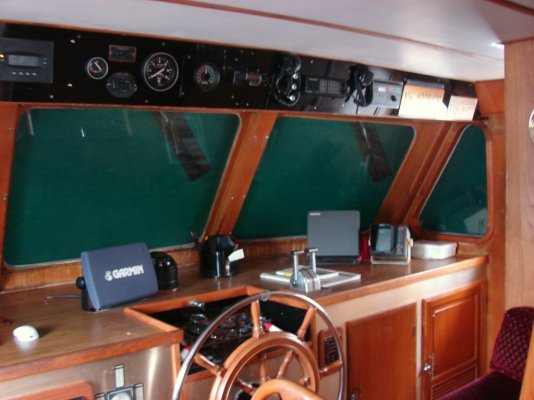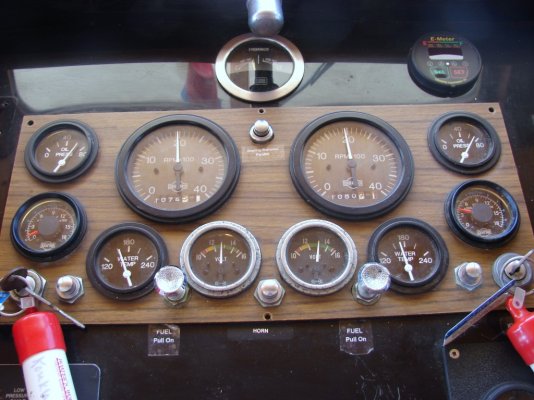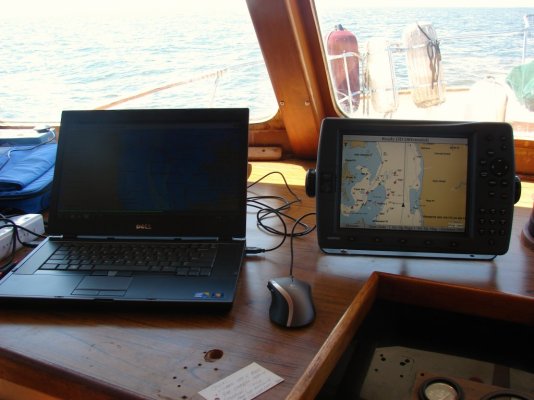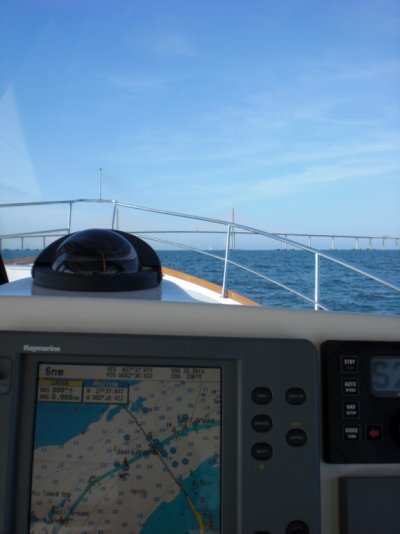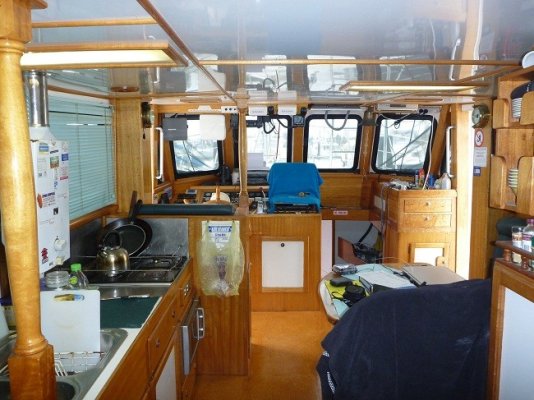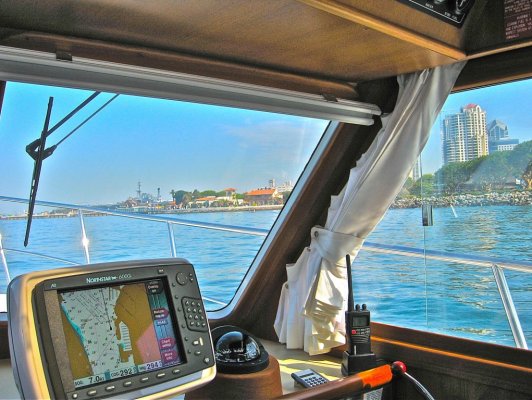timjet wrote:
Not real crazy about their fly by wire though.
My guess is there is a best layout for recreation boats too, but with so many manufactures trying to compete for so few dollars, not much will be done in this area.
Airbus' fly-by-wire system is just fine.* It's no different in general than the fly-by-wire system on the 777 and 787.* Fly-by-wire is fly-by-wire.* It's just a method of operating the control surface actuators where electrical signals down wires replace push-pull cables.
The difference between Airbus and Boeing is not their fly-by-wire systems but their flight control and fliight management philosophies.* This has nothing to do with fly-by-wire itself--- you can put Airbus' flight control philosophy into a fly-by-cable airplane if you want to and you can put Boeing's flight control philosophy into a fly-by-wire plane if you want to (which we did with the 77 and 87).
What sets Airbus and Boeing apart is the way their flight control and flight management computer programs are written and the operational philosophies behind them.* The general public--- aided by the media which is basically clueless when it comes to aviation--- have glommed onto fly-by-wire as being the big difference between Boeing and Airbus.* It's not.* Today we both use fly-by-wire control
systems, but the control and management
philosophies are still just as different as they were before.
As to boat control consoles, it would be impossible to create a "perfect" layout because every boat buyer has a different idea of what that is.* Some people like overhead instruments, radios, etc.* Some prefer lower mount instruments and radios.* And the configuration of the helm stations dictate where stuff has to be mounted.
Aviation developed the so-called "T" configuration of flight instruments because it was determined that having a common scan for pilots, particularly those flying on instruments, was a good idea, particularly from a safety aspect.* The new generations of flight deck displays are way different than the old analog instruments but there are still hold-overs from the old "T" layout, and the position of data on the modern displays is still common between airplane types and manufacturers.
But there are not the same compelling safety reasons to have commonality in boats, so their consoles often become more of a design element than a functional element.* In this respect, boat panels are much more like automotive panels where design aesthetics often play a larger role than practicality.
*



